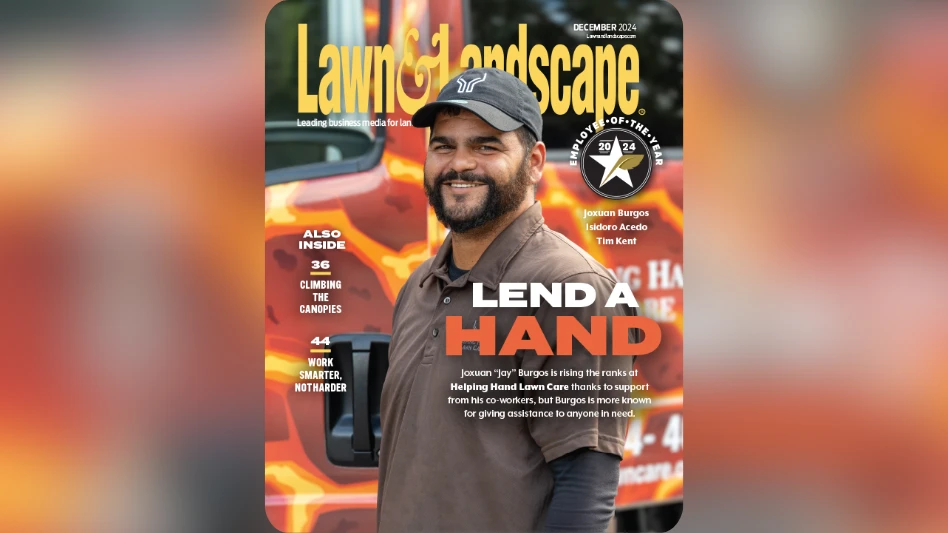|
Air Support
|

Fake Out
As climate change accelerates, scientists keep coming up with increasingly fanciful schemes to fight it. The latest comes from a study by the Institute of Mechanical Engineers reporting forests of artificial trees could potentially soak up carbon dioxide.
According to the study, 100,000 synthetic trees spread across the U.K. could remove the CO2 emissions of all cars, trucks and buses in the country. The trees, which are two-thirds as tall as average wind turbines, are coated with materials that absorb CO2. Once the trees capture carbon dioxide, it can be stored underground in empty oil and natural gas reserves.
The plan isn’t cheap or problem-free – each tree costs $24,313. And what happens to the stored CO2 in the event of an earthquake?
Can fake trees really be more efficient at capturing CO2 – and as aesthetically pleasing – than those pesky real trees? Tell us what you think. Send a note to nwisniewski@gie.net or call 330-523-5382. You can also sound off on our online forum at www.lawnandlandscape.com/forum.
 If You’re Happy and You Know It…
If You’re Happy and You Know It…
Business owners outrank 10 other occupational groups in overall well-being, based on a September Gallup survey of more than 100,000 working adults. The survey measured contentment, emotional and physical health, job satisfaction and overall life quality.
Business owners may seem unlikely winners, considering half of the nation’s full-time small businesses typically fail within five years of start-up (and considering that rate’s risen in the recession). They are also more likely to work extremely long hours than people in any other occupation group, other Gallup research shows.
However, “despite the recession, it still pays to be your own boss,” says Frank Newport, editor in chief of the Gallup Poll. The survey, adds John Howard, director of the National Institute for Occupational Safety and Health, “reaffirms my view that the more control you have over your work, the happier you are.”

Explore the October 2009 Issue
Check out more from this issue and find your next story to read.
Latest from Lawn & Landscape
- LawnPro Partners acquires Ohio's Meehan’s Lawn Service
- Landscape Workshop acquires 2 companies in Florida
- How to use ChatGPT to enhance daily operations
- NCNLA names Oskey as executive vice president
- Wise and willing
- Case provides Metallica's James Hetfield his specially designed CTL
- Lend a hand
- What you missed this week





